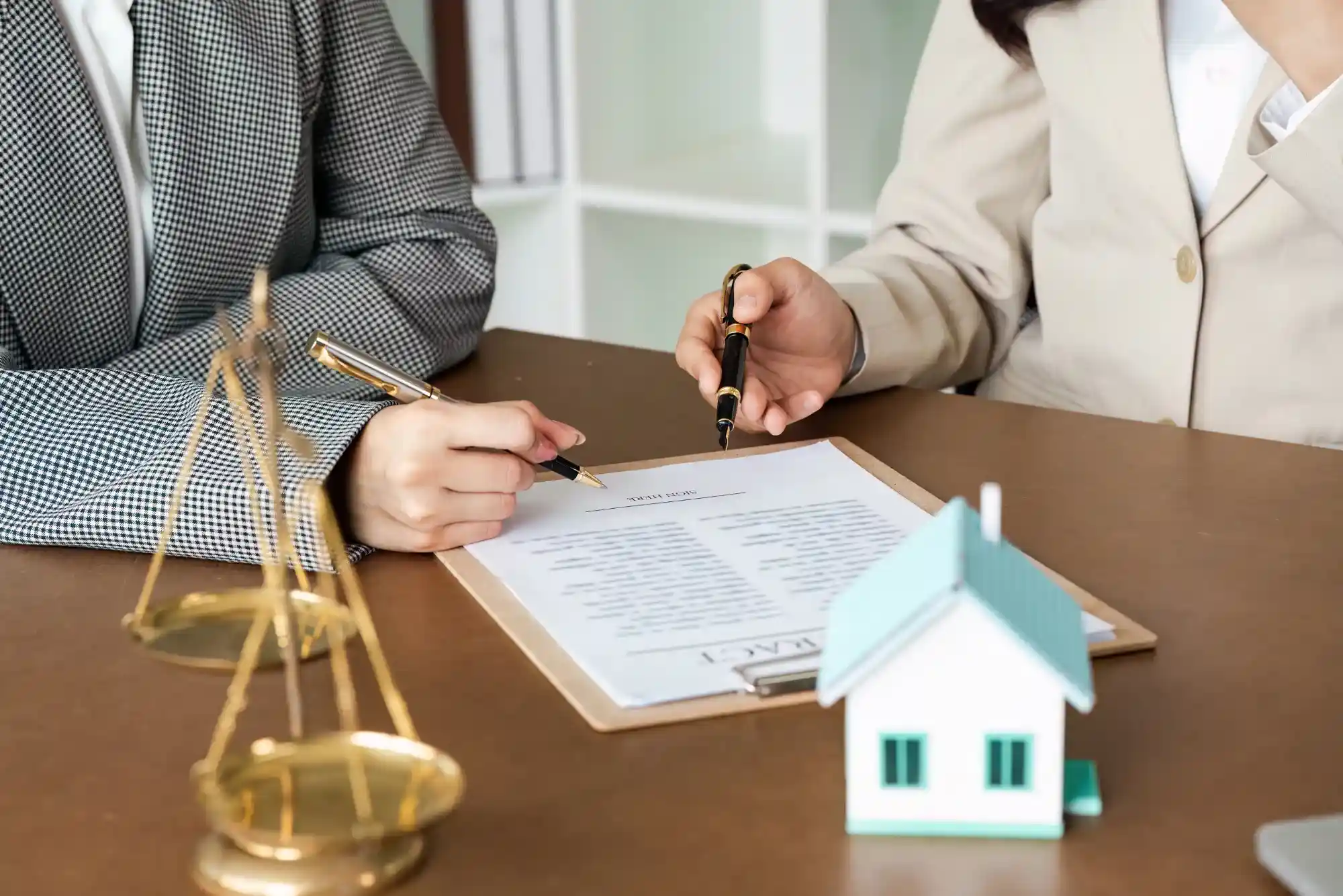The Role of a Real Estate Developer in Shaping the Built Environment
Real estate development is a critical component in shaping the built environment, transforming landscapes, and meeting the evolving needs of communities. Real estate developers assume key responsibilities in the industry, including conceptualizing, financing, and overseeing the construction and marketing of various real estate projects. This article explores the significant impact of real estate developers on urban development, highlighting their role and functions.
Understanding the Role of a Real Estate Developer:
The Definition and Overview:
Real estate developers are professionals who drive the development process from inception to completion. They are responsible for identifying opportunities, assessing feasibility, acquiring suitable sites, managing financing, overseeing construction, and marketing and selling or leasing properties.
Core Responsibilities:
Real estate developers undertake diverse tasks that require a comprehensive skill set. They analyze market trends, conduct feasibility studies, negotiate land acquisitions, navigate regulatory frameworks, engage architects and designers, manage finances, oversee construction, and handle marketing, sales, and property management.
Key Skills and Qualifications:
Successful Real Estate Developer possess a range of skills and qualifications. These include a deep understanding of the real estate market, financial acumen, negotiation skills, project management expertise, knowledge of urban planning and zoning regulations, and the ability to collaborate effectively with various stakeholders.
Project Identification and Feasibility Analysis:
Market Research:
Real estate developers conduct thorough market research to identify opportunities and trends. They assess demand and supply dynamics, demographic factors, economic indicators, and emerging market niches to determine the viability and potential profitability of a project.

Financial Feasibility:
Developers evaluate the financial feasibility of a project by conducting detailed financial analyses. This involves estimating costs, projecting revenues, assessing return on investment (ROI), and analyzing cash flows to determine the viability and attractiveness of a development venture.
Risk Assessment and Mitigation:
Developers undertake comprehensive risk assessments to identify potential challenges and mitigate associated risks. This includes evaluating market risks, regulatory risks, financial risks, construction risks, and environmental risks. Risk management strategies are developed to minimize potential negative impacts on the project’s success.
Site Acquisition and Due Diligence:
Identifying Suitable Sites:
Real estate developers search for suitable sites that align with their project objectives. Factors such as location, accessibility, infrastructure, zoning regulations, and market potential are carefully considered during the site selection process.
Conducting Due Diligence:
Developers conduct thorough due diligence on potential sites to ensure legal compliance and to assess any environmental or structural constraints. This involves examining property titles, environmental impact assessments, soil quality reports, and other relevant documents to ensure the site is suitable for development.
Navigating Regulatory Requirements:
Real estate developers work closely with local authorities and regulatory bodies to navigate the complex web of permits, licenses, and zoning regulations. They ensure compliance with building codes, environmental regulations, and land-use restrictions to secure necessary approvals for the development.
Project Design and Planning:
Engaging Architects and Designers:
Developers collaborate with architects and designers to create innovative and functional project designs. They work closely to translate project objectives into aesthetically appealing and practical architectural plans that meet market demands and regulatory requirements.
Ensuring Sustainability and Environmental Considerations:
Real estate developers increasingly prioritize sustainable development practices. They integrate energy-efficient designs, green building materials, and renewable energy solutions to minimize the environmental impact of their projects. Additionally, they consider factors such as water conservation, waste management, and green spaces to create environmentally conscious developments.
Obtaining Necessary Approvals:
Developers navigate the complex process of obtaining necessary approvals from regulatory authorities. This includes securing building permits, environmental clearances, and other certifications required for the project. Compliance with local regulations ensures the development proceeds smoothly without legal hurdles.






